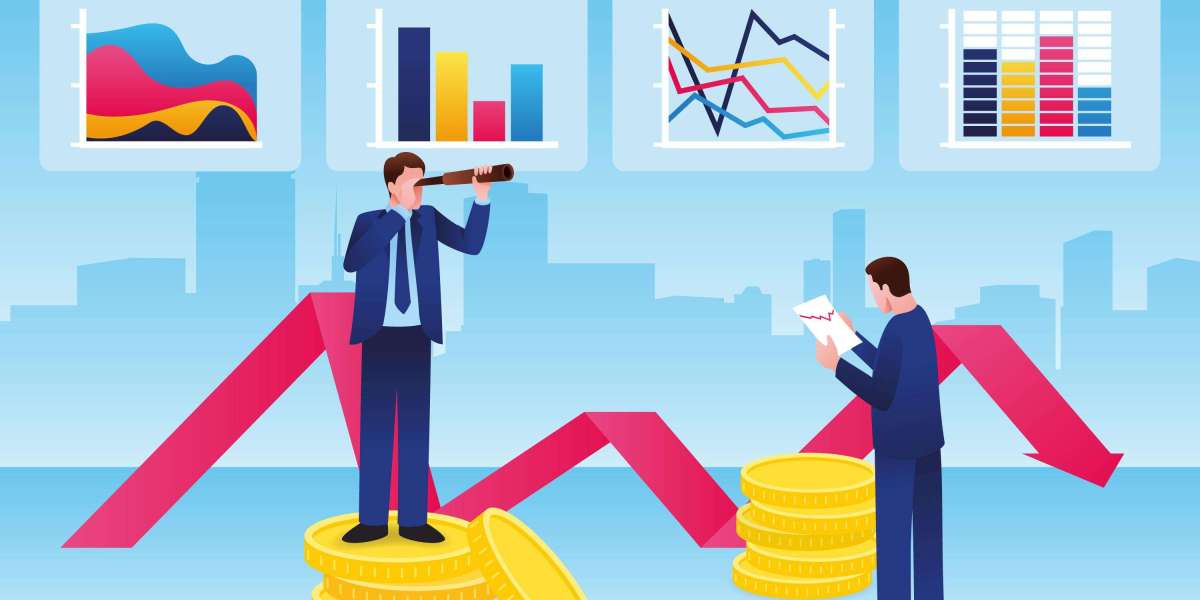The world of commodity trading and investment is in a constant state of flux, and staying ahead of the curve is crucial for businesses and investors. Accurate commodity price prediction has emerged as a vital tool in this regard. In this article, we will delve into the significance of commodity price prediction, explore traditional and modern methods, and discuss how technology is reshaping this critical aspect of the financial world.
The Significance of Commodity Price Prediction
Commodity price prediction is not merely a financial tool; it is a strategic necessity. Accurate forecasts impact various industries, from agriculture to energy, metals to currencies. Here's why it matters:
1. Informed Decision-Making
Predicting commodity prices allows businesses to make informed decisions about production, inventory, and pricing. For investors, it influences trading strategies and portfolio diversification. Imagine you are a wheat farmer. Predicting a spike in wheat prices due to a drought forecast allows you to adjust planting strategies, ensuring you maximize your yield during a potential price surge.
2. Risk Mitigation
Price volatility can result in significant financial losses. Accurate predictions enable risk mitigation strategies, such as hedging, to protect against adverse price movements. For instance, an oil refinery might use futures contracts to lock in prices, ensuring a steady supply of crude oil at a known cost, regardless of market fluctuations.
3. Supply Chain Efficiency
In industries reliant on commodities, accurate price forecasts optimize supply chain management, ensuring timely sourcing and cost-effective operations. Consider a global electronics manufacturer that relies on rare earth metals. By accurately predicting price fluctuations, the company can secure its supply chain, ensuring uninterrupted production.
Traditional Methods vs. Modern Techniques
Historically, commodity price prediction relied on fundamental analysis and market sentiment. While these methods remain relevant, modern techniques are gaining prominence due to their ability to harness technology and data.
Traditional Methods
Fundamental Analysis: Examining supply and demand factors, geopolitical events, and weather patterns to forecast prices. This method involves assessing the core drivers of commodity markets. For example, analyzing global coffee production and weather patterns can help predict coffee price movements.
Technical Analysis: Analyzing historical price data and patterns to predict future trends. Traders often use technical charts to identify patterns such as head and shoulders or double bottoms, providing insights into potential price movements.
Expert Opinions: Relying on industry experts and their assessments of market conditions. Expert opinions can offer valuable insights, such as a respected oil analyst's prediction of future crude oil prices based on geopolitical events in oil-producing regions.
Modern Techniques
Artificial Intelligence (AI) and Machine Learning: AI algorithms analyze vast datasets, identifying complex patterns and making predictions with high accuracy. Machine learning models can analyze historical price data, news sentiment, and macroeconomic indicators simultaneously to make predictions.
Big Data Analytics: Utilizing extensive datasets, big data analytics provides real-time insights and predictive modeling. For example, analyzing data from IoT devices, satellite imagery, and social media can provide valuable insights into crop yields, affecting agricultural commodity prices.
Blockchain Technology: Enhancing transparency and traceability in commodity supply chains, reducing fraud and price manipulation risks. Blockchain can ensure that each step of a commodity's journey, from production to delivery, is recorded and tamper-proof.
Predictive Analytics Tools: Advanced software tools offer predictive modeling and scenario analysis for decision support. These tools can simulate various market scenarios, allowing businesses to plan for different outcomes.
Quantum Computing: At the cutting edge, quantum computing promises unparalleled computational power for complex price predictions. Quantum algorithms can solve optimization problems related to commodity trading, potentially leading to more efficient strategies.
The Role of IoT in Data Collection
The Internet of Things (IoT) is revolutionizing data collection in commodity markets. IoT devices gather real-time information on factors like weather, transportation, and production, providing a wealth of data for analysis.
Consider a large-scale agricultural operation. IoT sensors placed in the fields can monitor soil moisture, temperature, and crop growth. Drones equipped with IoT technology can provide aerial images of crop health. All this data, collected in real-time, can be analyzed to predict crop yields and, consequently, the prices of agricultural commodities.
Environmental and Geopolitical Factors
Commodity prices are profoundly affected by environmental and geopolitical factors. Natural disasters, political instability, and trade disputes can cause price fluctuations. Integrating these factors into prediction models is essential for accuracy.
For example, a sudden drought in a major coffee-producing region can devastate coffee crops, leading to a surge in coffee prices. Similarly, political tensions in oil-producing countries can disrupt the supply of crude oil, affecting global energy prices. Prediction models need to incorporate such external factors to provide more precise forecasts.
Challenges in Commodity Price Prediction
While modern techniques offer substantial advantages, they come with challenges:
Data Quality: Reliable data is essential for accurate predictions. Incomplete or inaccurate data can lead to flawed forecasts. Ensuring data accuracy and integrity remains an ongoing challenge.
Model Accuracy: Machine learning models require continuous refinement to adapt to changing market dynamics. Models need regular updates to incorporate new data and adjust to evolving market conditions.
Market Volatility: Sudden market shifts, such as those seen during global crises, pose challenges for prediction models. Unforeseen events like the COVID-19 pandemic can disrupt traditional forecasting methods.
Future Trends and Developments
The future of commodity price prediction is exciting, with several emerging trends and developments:
Enhanced AI Algorithms: Continued advancements in AI will lead to even more accurate predictions. AI models will become better at identifying subtle market trends and anomalies.
Edge Computing: IoT devices will increasingly process data locally, reducing latency and enhancing prediction speed. This will enable real-time decision-making in commodity trading.
Sustainability Factors: ESG (Environmental, Social, and Governance) criteria will play a more significant role in price prediction as sustainable practices gain importance. Predictive models will need to factor in sustainability metrics.
Interconnected Markets: The globalization of markets will require more complex models that consider cross-market influences. Predictions will need to account for how events in one market affect others, creating more interconnected forecasting systems.
Conclusion
In conclusion, commodity price prediction is evolving rapidly, and technology is at the forefront of this transformation. Whether you're a business optimizing your supply chain or an investor fine-tuning your portfolio, understanding the latest trends in commodity price prediction is crucial. By staying informed and leveraging modern techniques, you can navigate the ever-changing landscape of commodity markets with confidence.
By implementing the right strategies and embracing innovation, you can harness the power of technology to predict commodity prices accurately, ultimately securing your financial future.
To get Real-Time Price of Commodities Visit: https://pricevision.ai/
Source: https://diigo.com/0v25jz







